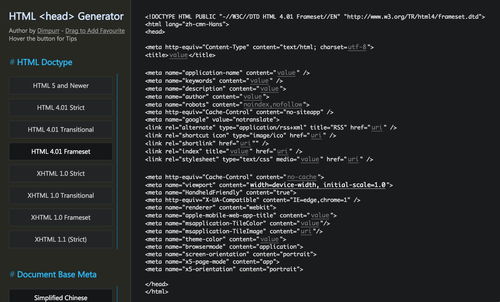
Head OMS: A Comprehensive Guide to Order Management Systems
Order Management Systems (OMS) have become an integral part of modern business operations, especially in the e-commerce and retail sectors. As a user, understanding the intricacies of an OMS can significantly enhance your business efficiency and customer satisfaction. Let’s delve into the various aspects of an OMS, its benefits, and how it can be effectively utilized.
Understanding OMS

An OMS is a software system designed to manage and process orders efficiently. It serves as a centralized platform for all order-related activities, from order entry to fulfillment and beyond. By automating various processes, an OMS helps businesses streamline their operations, reduce errors, and improve customer satisfaction.
Key Features of an OMS

Here are some of the essential features of an OMS:
| Feature | Description |
|---|---|
| Order Entry and Management | Enables users to create, edit, cancel, and delete orders efficiently. |
| Inventory Management | Tracks product inventory in real-time and ensures order fulfillment without stockouts. |
| Order Status Tracking | Provides real-time updates on order status, including confirmation, payment, shipping, and completion. |
| Logistics Management | Integrates logistics information and offers tracking features for customers to monitor their orders. |
| Customer Management | Records and manages customer information, including contacts, addresses, and order history. |
| Reporting and Analytics | Generates reports and statistics to help businesses analyze sales, predict trends, and plan inventory. |
| Integration and Scalability | Can be integrated with other systems like ERP and CRM for data sharing and improved efficiency. |
| Security and Access Control | Ensures the security and confidentiality of order data through user authentication and permission controls. |
Benefits of Using an OMS

Implementing an OMS in your business can offer numerous benefits:
-
Improved Order Processing Efficiency: An OMS automates various processes, reducing manual efforts and minimizing errors.
-
Enhanced Customer Satisfaction: Real-time order tracking and timely updates keep customers informed and satisfied.
-
Reduced Costs: By optimizing operations and minimizing errors, an OMS helps businesses save on resources and time.
-
Better Inventory Management: Real-time inventory tracking ensures that you always have the right products in stock.
-
Data-Driven Decision Making: OMS generates reports and analytics that help businesses make informed decisions.
How to Choose the Right OMS for Your Business
Selecting the right OMS for your business requires careful consideration of several factors:
-
Business Needs: Understand your specific requirements and ensure that the OMS can meet them.
-
Scalability: Choose an OMS that can grow with your business and handle increasing order volumes.
-
Integration: Ensure that the OMS can integrate with your existing systems, such as ERP and CRM.
-
Customization: Look for an OMS that allows customization to fit your unique business processes.
-
Support and Training: Consider the level of support and training provided by the OMS vendor.
Conclusion
Order Management Systems are a vital tool for businesses looking to streamline their operations, improve customer satisfaction, and reduce costs. By understanding the key features, benefits, and factors to consider when choosing an OMS, you can make an informed decision and select the right system for your business.




